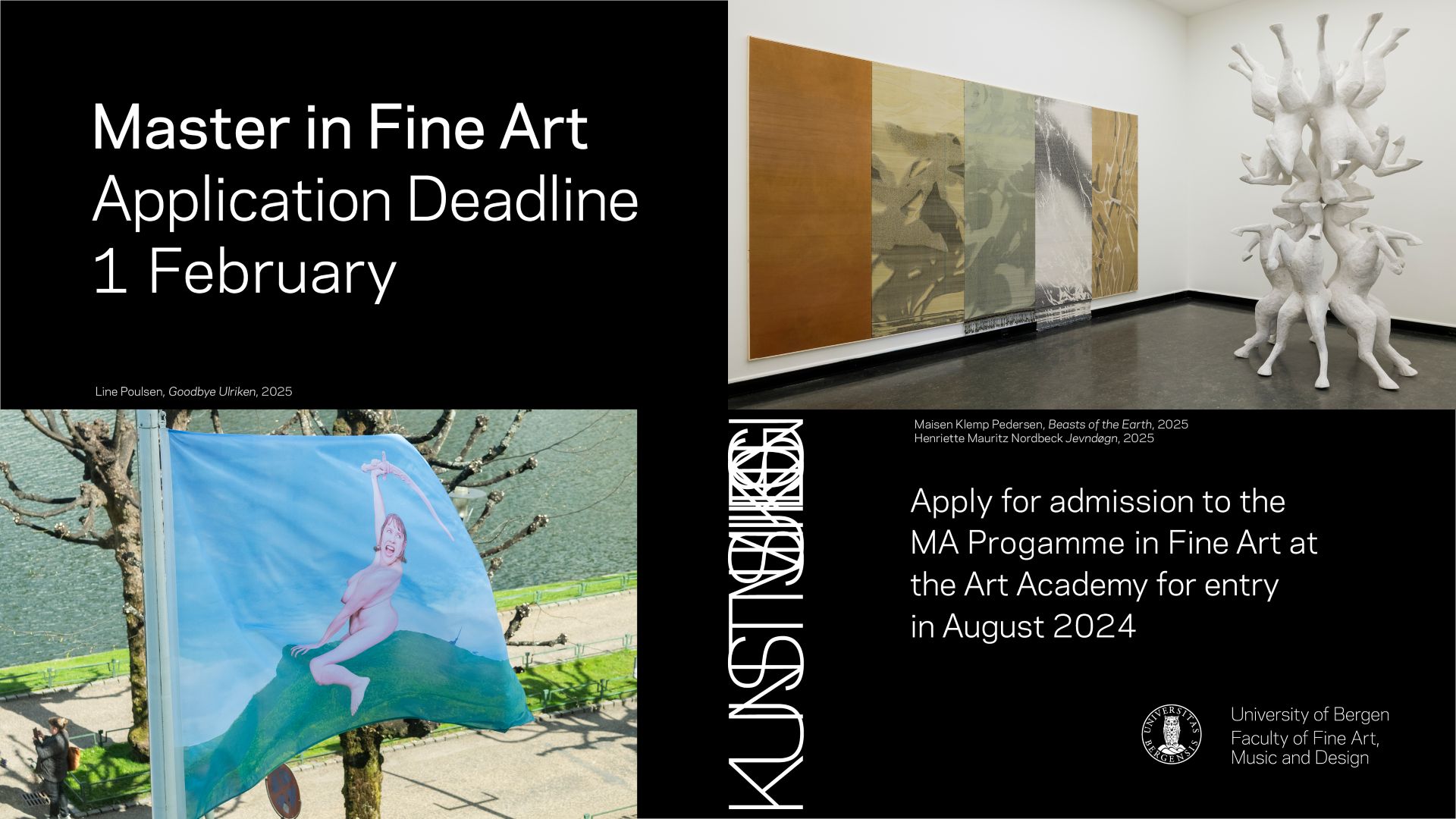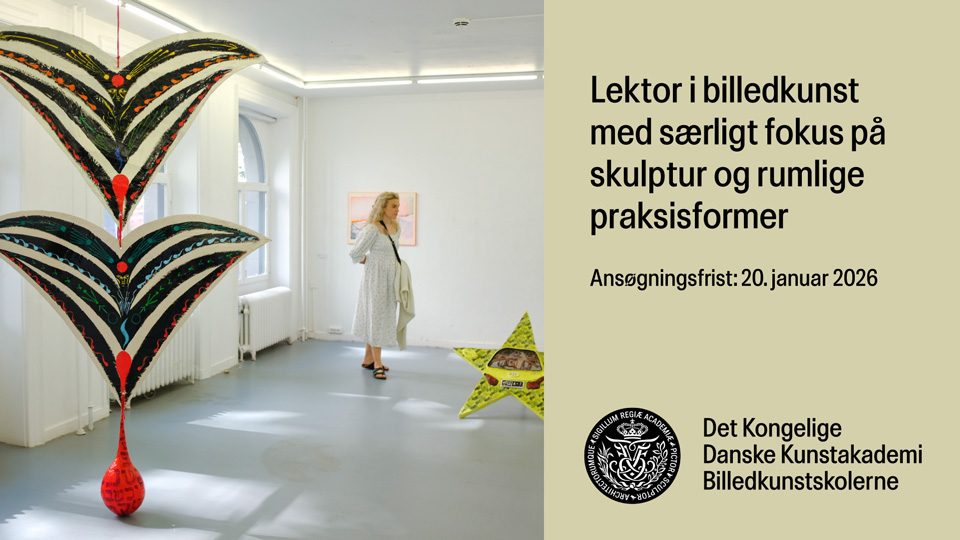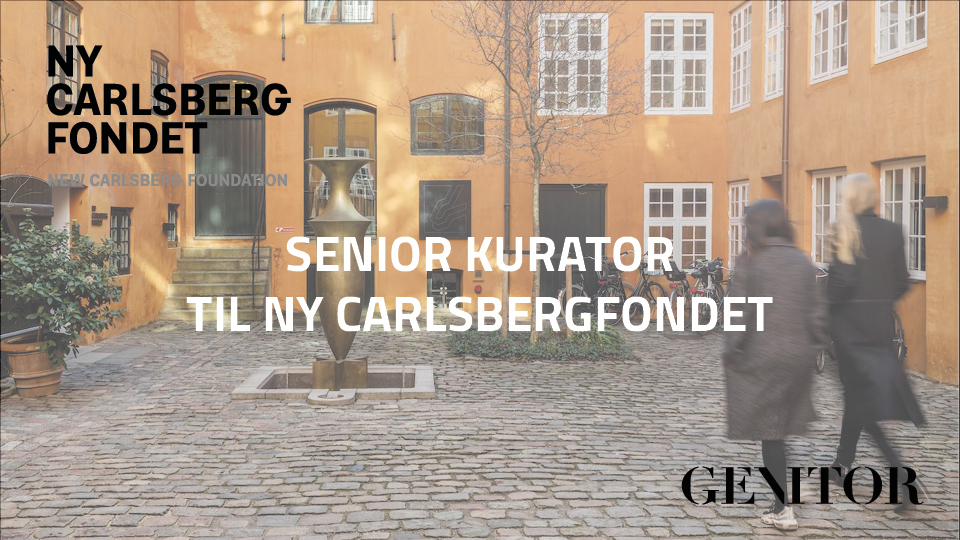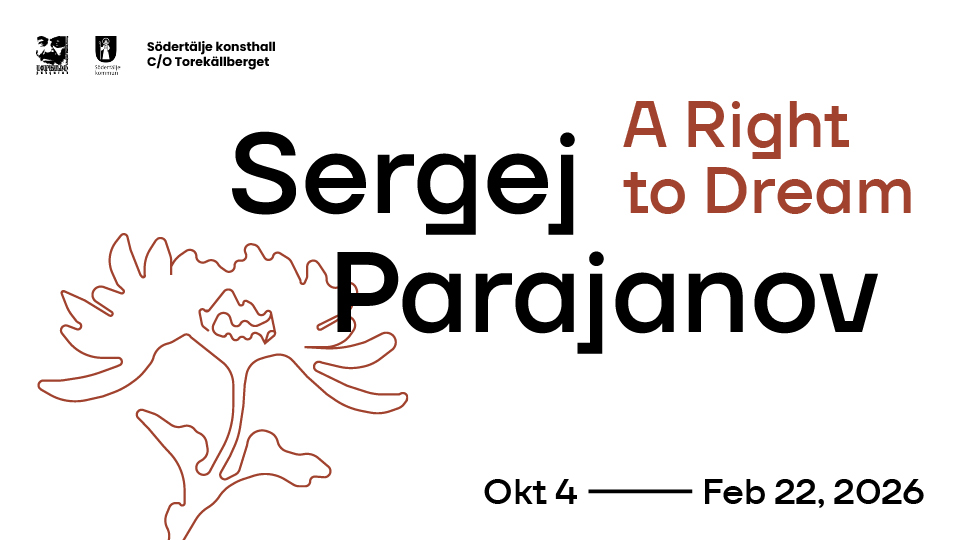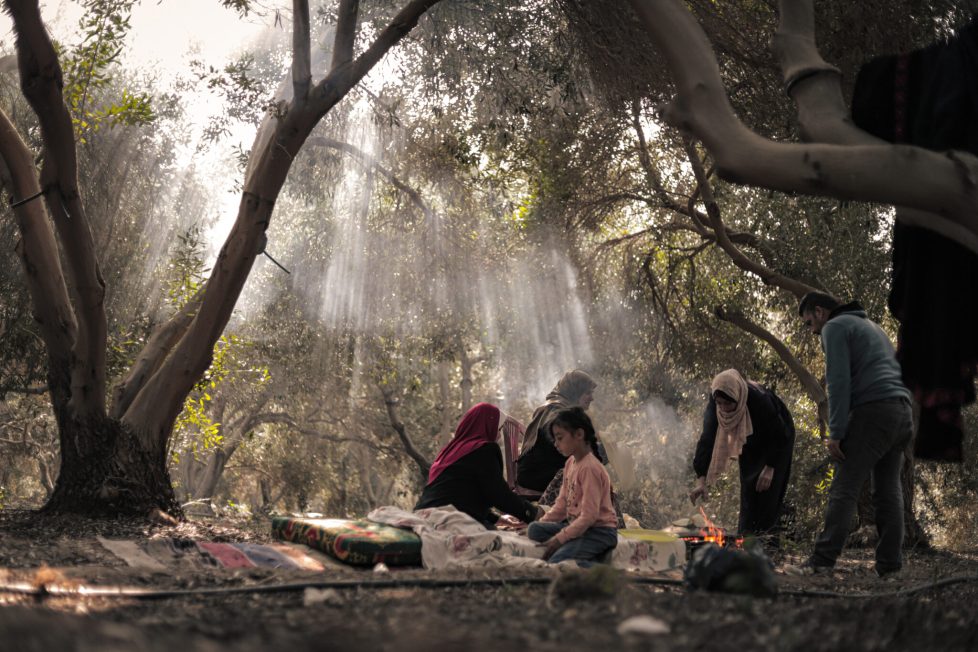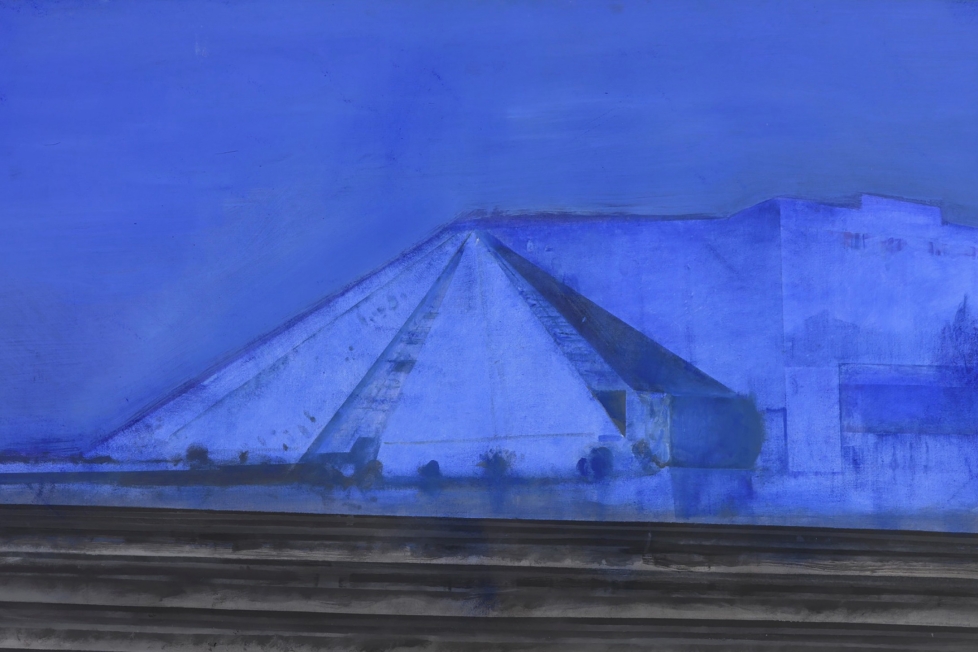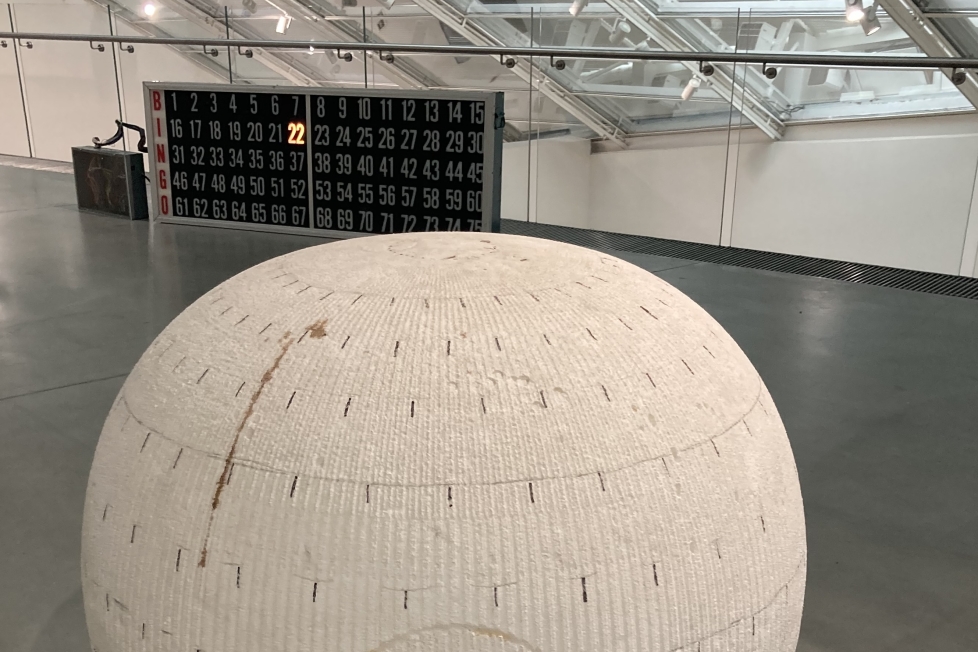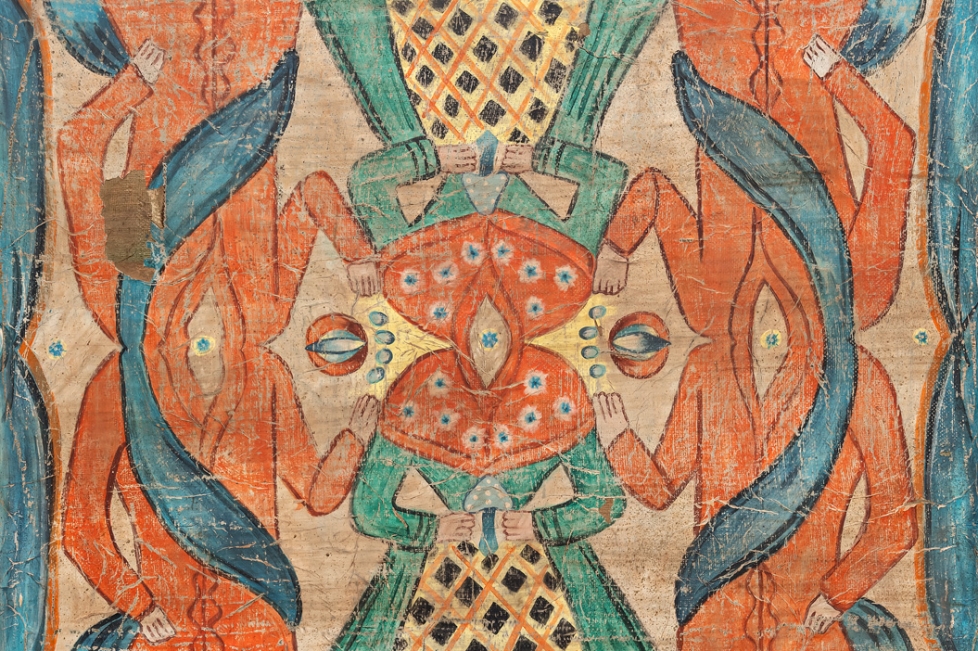
A nude man has collapsed dramatically into the lap of a black-clad woman. He looks like a living corpse wracked with suffering … Her face and his limp body share the same degree of saturation as the curved birch trunks spreading out the yellow gold of autumn in the upper, outer edge of the painting. Starved of colour, deploying shades of cool blue and grey, the surroundings only barely manage to manifest themselves as a horizon and an angular, angled stage where this drama-without-action can take place.
Melancholy. An insidious state of stagnation that has forced the naked man to his knees. Thankfully, the seated woman is here. She embraces his malaise, her look knowing, but distant as she tells him that everything will be alright. That melancholy is like the coming of winter, a part of life that has coloured the leaves of the birch yellow for a while. They will turn green again … Maybe.
I am always moved when looking at the work of Finnish artist Magnus Enckell (1870–1925). In terms of mood, this painting transports me to Munch’s Melancholy works (1891–1896), while its composition whisks me off to Zahrtmann’s The Prodigal Son (1909), done during the exact same period. But whereas the aforementioned painters go full tilt on their palette and press their brushes down hard, Enckell shares the elegance of stroke and line displayed by Helene Schjerfbeck, as well as the sensibilities of Vilhelm Hammershøi, archduke of the fashionably despairing aesthetic set.
Death, body, and emotions are present in everything I have been able to get hold of from Magnus’s hand – and I have delved into the deepest digital drawers of croquis, and perused scanned notebooks from the Ateneum Art Museum in Helsinki. In an aside, the museum deserves undying gratitude for having made those available … I ended up downloading more than five hundred of them at a time when they are, of course, available online at any moment – but I wanted to bring them closer to me. I have even printed heaps of them, drawn and painted them over and over again in an effort to understand them … To get even closer … To have them and him inside me.
Whether it is death taking a walk in the Finnish winter and clad in a black dress, a little boy contemplating a skull like a sullen Hamlet, or a young man with a great ass strangling a swan, it is as if flesh and bones have been piled up on his canvases. Or laid down on his papers in formations that spell out words I can read, but not yet write.
– Artist Rasmus Myrup (1991) lives in Copenhagen. He has previously run the exhibition platform Weekends and been part of the curatorial project Cruising Pavilion.
